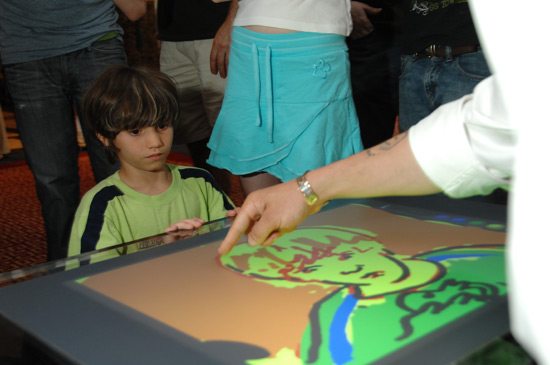Microsoft Research's tactile touchscreens: Is it really circa 1970s PARC?

Reading through the Microsoft Research patent application for a tactile touchscreen you think "wow that's cool," but seconds later doubts about whether this technology will ever become a product from the software giant.

Think a big Surface tabletop with mountains and other cool features. As Microsoft CEO Steve Ballmer recently said, the company gets touch.
Unfortunately for Microsoft it hasn't commercialized touch all that well. Surface was a breakthrough---and still is---but commercial applications are limited to tourism, retail and a few other verticals. Topography-changing touchscreens are also cool, but Microsoft is aiming at large areas---not the mobile screens that dominate. Microsoft is struggling with tablets and smartphones.
These patent applications always spark a mixed reaction from me. You cheer the innovative ideas and then the capitalist cynic kicks in. The other item about Microsoft Research worth pondering is whether commercialization even matters.
PARC CEO Mark Bernstein said in an interview that Microsoft Research was the closest thing to the old school labs that conducted research to find the future not make a product. “(Bill) Gates appreciated having bright people around thinking about the future unbounded and breakthrough ideas,” said Bernstein.
Tactile touchscreens are definitely unbounded, but you do wonder whether Microsoft can commercialize them at some point.
Related: